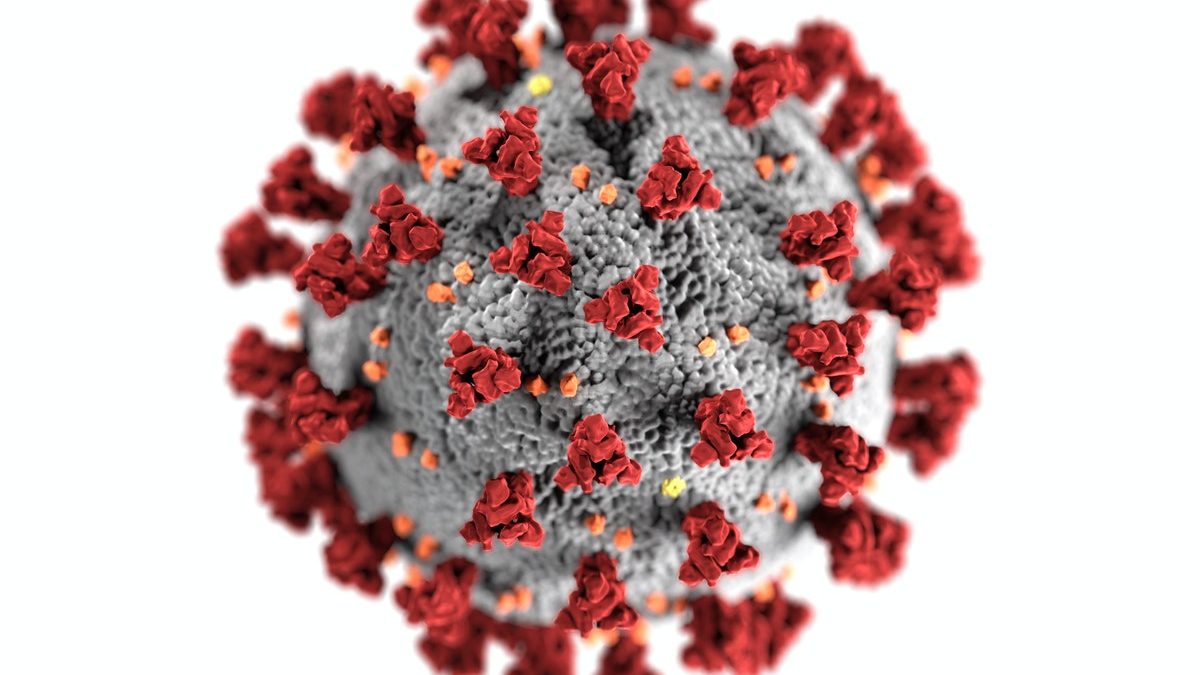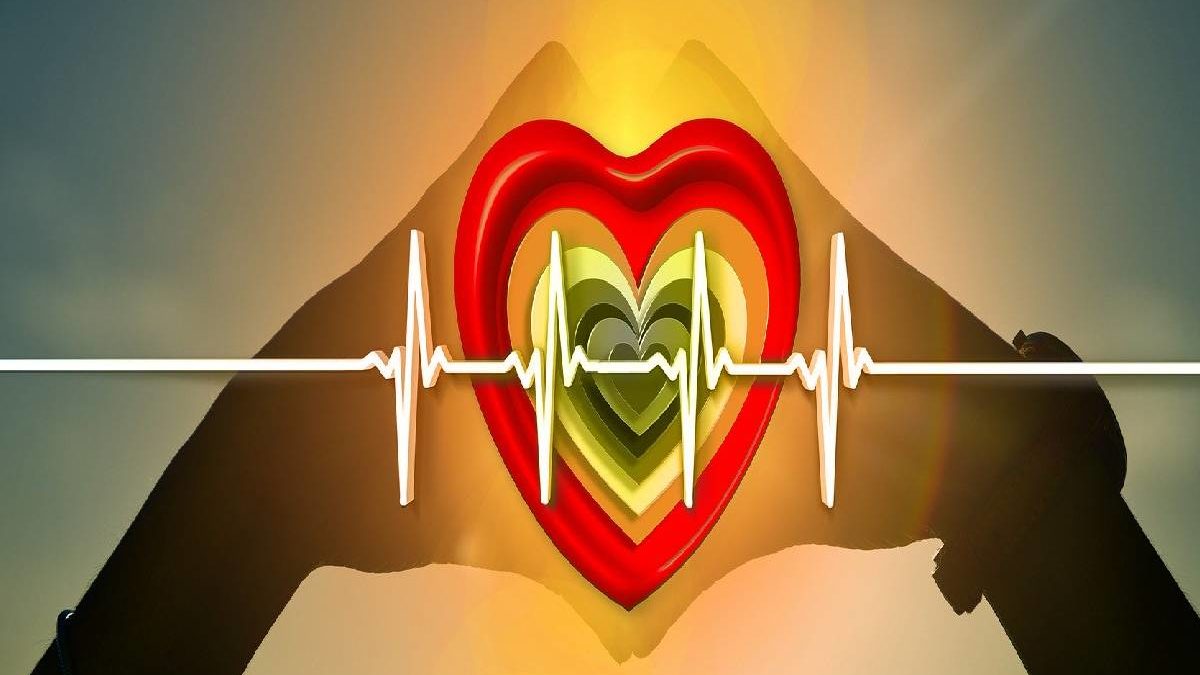
What is hypertension?
Hypertension (also known as high blood-pressure) is a condition in which there is an increased pressure of blood against the walls.
Blood pressure is determined by the amount of blood that the heart pumps out (systolic) and how much force the blood exerts on the arteries. The blood pressure of a person will be higher if the heart pumps blood more against a narrowed arterial.
Hypertension is a silent disease that can affect a person for many years without causing any symptoms. Hypertension can still damage the heart and blood vessels even if there are no symptoms.
Hypertension usually develops slowly over time. It can affect anyone. Once you have detected hypertension, it is possible to work with your doctor on its treatment.
Hypertension is an international problem. It is the number one cause of death and disability. Hypertension affects more than a billion people in the world, and this number is constantly increasing.
Untreated or uncontrolled high blood pressure is the single biggest contributor to cardiovascular diseases, such as coronary artery, stroke, aneurysm and heart failure. Hypertension is a major factor in kidney disease.
Blood Pressure Categories
When we talk about blood pressure, there are four different classifications.
Normal Blood pressure (Healthy)
Healthy people have a systolic pressure less than 120 mmHg, and a diastolic pressure less than 80mmHg.
Blood pressure should be monitored continuously to make sure it stays within normal limits.
Prehypertension
A person with high blood pressure will have a systolic of 120-129 mmHg and a diastolic less than 80mmHg.
Prehypertension occurs when a person is at high risk for developing hypertension. Lifestyle changes are highly recommended as a prevention measure. However, antihypertensive medication is not required.
Stage 1 Hypertension
The systolic and diastolic pressures of a person are between 130-139 mmHg.
Lifestyle changes are recommended for prehypertension as well. The prescription of medication is given to lower blood pressure, protect against heart disease and stroke and control it.
Stage 2 Hypertension
Hypertension that is more severe. Stage 2 hypertension is defined as a systolic blood pressure greater than 140 mmHg and a diastolic blood pressure less than 90 mmHg.
Antihypertensive medication is essential for lowering blood pressure along with lifestyle changes.
Hypertensive Crisis
The diastolic and systolic blood pressures are higher than 180 mmHg.
Two-drug therapy may be prescribed for some patients to lower their blood pressure, in addition to lifestyle changes. If you experience any of the following symptoms, such as headaches, chest pains or visual changes, it is important to seek immediate medical care.
Note: If systolic or diastolic blood pressure falls into different categories, the highest number is used to determine the category to which the person belongs. If a person has a systolic of 145mmHg but a diastolic of 80mmHg they will be considered stage 1 hypertensive. For those over 50, diastolic pressure is the best indicator of risk for cardiovascular disease.
Causes of Hypertension and Types of Hypertension
Hypertension (Primary)
This diagnosis is based on three consecutive tests of high blood pressure with no cause identified and it has nothing to do with any medical condition.
People with essential hypertension usually do not show any symptoms. However, they may experience occasional dizziness or fatigue, headaches, visual disturbances, shortness-of-breath, chest pains, and nose bleeding.
Although secondary causes are unknown, there are some factors that contribute to primary hypertension, such as stress, lack sleep, diets, alcohol, smoking and obesity.
Secondary hypertension
Secondary hypertension can be caused by certain medical conditions. This type of secondary hypertension can appear suddenly and result in a higher blood pressure than primary hypertension.
Secondary hypertension can be caused by a variety of conditions and medications.
- Kidney disease
- Thyroid problems
- Adrenal gland tumours
- Obstructive Sleep Apnea
- Congenital defects of blood vessels
- Cocaine and amphetamines are illegal drugs
- Prescription drugs such as birth control pills, decongestants and pain relievers
Once the cause of secondary hypertension is determined, it can be treated.
Different Types of Hypertension Based on Specific Diagnostic Criteria
Isolated systolic hypertension
Normal blood pressure is less than 120/80 mmHg. Isolated systolic hypotension occurs when the systolic blood pressure is above 140 mmHg and the diastolic remains within normal limits.
It is the most common type of hypertension in people over 65. This is due to the loss of elasticity of the arteries. Diastolic blood pressure is more important in determining the risk of heart disease for older people than systolic blood pressure.
Malignant Hypertension
Only 1% of those with hypertension have a rare form. The malignant hypertension occurs more often in young adults, especially African-American males and pregnant women with preeclampsia.
Blood pressure can rise suddenly in malignant hypertension. This condition should be treated at the hospital as a medical crisis. Headache, blurred sight, chest pains, confusion and numbness of the arms and legs are some significant symptoms.
Resistant hypertension
If the blood pressure is still high after treating the underlying cause, the person may be suffering from resistant hypertension.
According to studies, between 20 and 30 percent of cases of high blood tension are resistant hypertension. This type of hypertension is genetically based and common in African American women who are old and obese. Diabetes or kidney disease may also be contributing factors.
The normal levels of blood-pressure are essential for the healthy functioning of vital organs like the heart, brain, and kidney. They also contribute to our overall health and well-being. It is important to monitor our blood pressure, and keep it under control. This will help us maintain our health.







